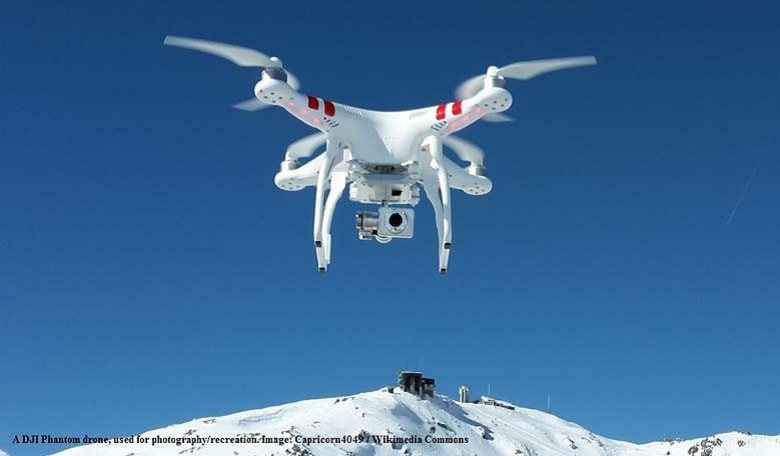NATIONAL HARBOR, MD – At the Air Force Association Air & Space Conference in National Harbor, MD, much of the talk centered on new technology – and the challenges it poses for U.S. officials.
The United States is the birthplace of air travel. The United States airspace, statistically speaking, is incredibly safe. According to officials at the conference, over 700 million people fly over the United States in a given year. In 20 years, that number is set to double.
However, an exponentially evolving technology sector is posing new challenges to U.S. officials everywhere from the FAA to the RTCA.
One such technology is commercial/privately owned drones. At the “Reinventing the National Aerospace Structure” panel, conference attendees were repeatedly told that “there have been too many close calls” as far as “rogue” drones and air safety goes.
The drones problem mirrors the issue of CubeSats, nanosats, and other revolutionary satellites – as the technology gets smaller, more mobile, and easier and cheaper to launch, more and more of it goes up into orbit. Rules, regulations and safety procedures are simply not able to catch up right away.
Issues of orbit/aerospace clutter, as well as issues of legal responsibility for it, are subjects that U.S. officials are still in the process of figuring out. Conference attendees were told by Paul Rinaldi, president of the National Air Traffic Controllers Association, that as of today, the U.S. is “two years behind” in regulating drone technology in particular.
The issue of drones/CubeSats is a perfect illustration to how innovation on the ground mirrors innovation in orbit – bringing with it both tremendous advantages and extensive headaches.
While conference attendees were assured that major progress has been made on drones “in the last six months” by Rinaldi and other panelists, it remains clear, according to statements from both the RTCA and the Department of Defense, that much of the work “still lies ahead” for U.S. officials.











